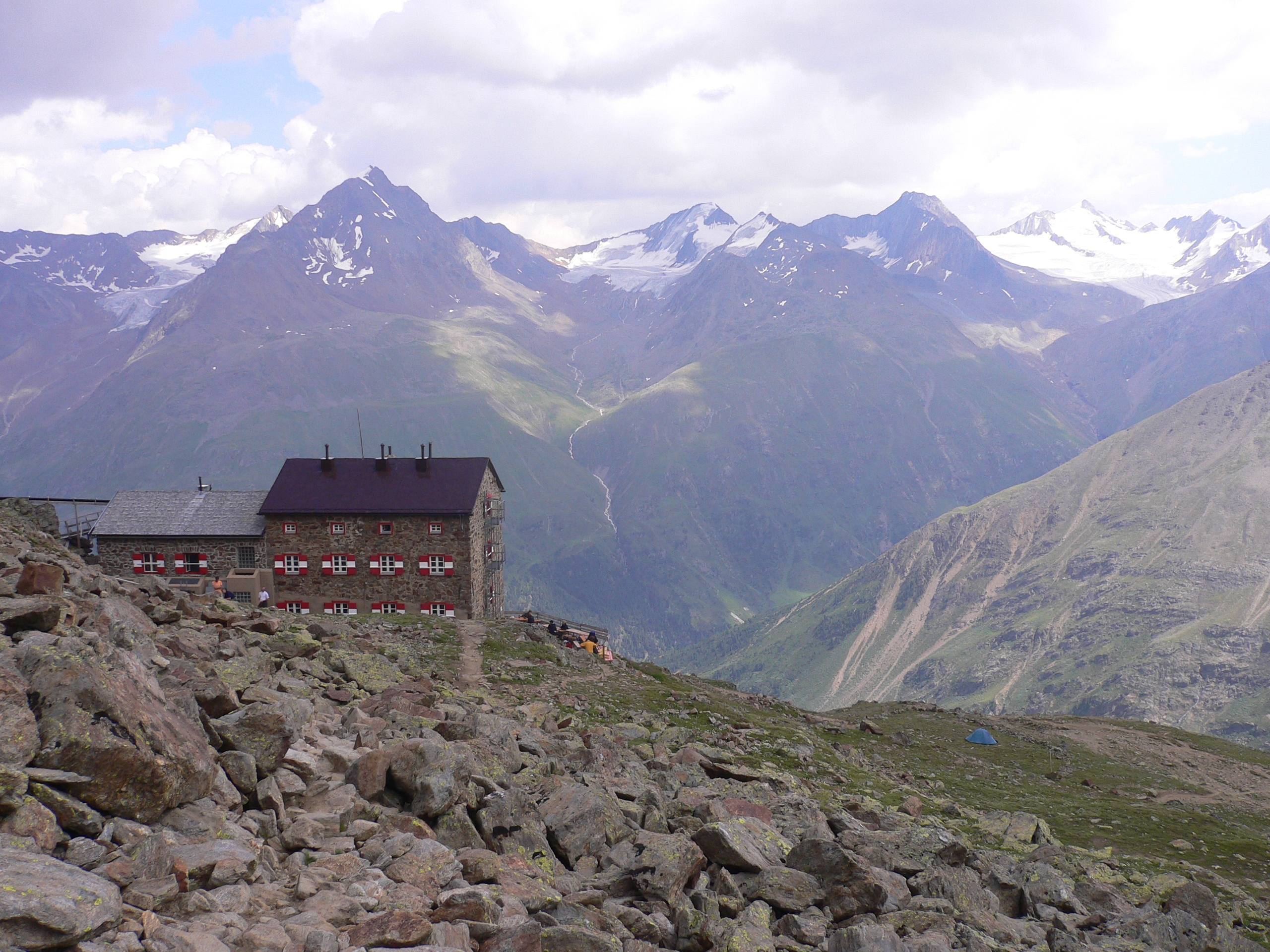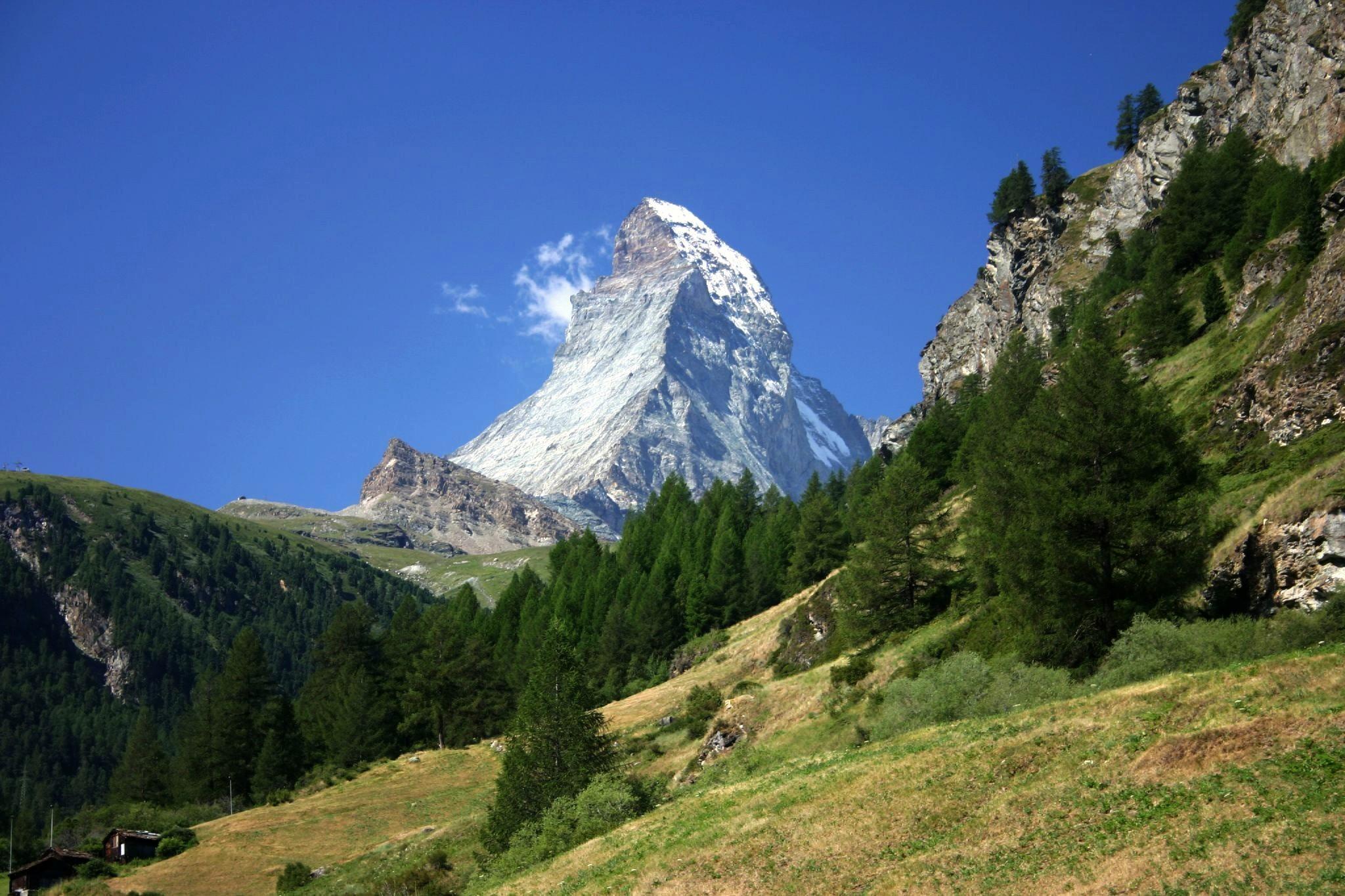|
Bionaz
Bionaz ( Valdôtain: ; from 1939 to 1946) is a '' comune sparso'' which extends over of the North-Eastern Valpelline area of the Aosta Valley region of northwest Italy. The commune lies on the left side of the river Dora Baltea. The population of about 240 is dispersed among 20 or more small alpine villages and hamlets including ''Plan-de-Veyne'', which is the main centre and the ''capoluogo'' (locally and officially also ''chef-lieu'', in French). The commune belongs to the ''Unité des communes valdôtaines du Grand-Combin''. Villages, hamlets and other centres The commune's statute designates the following ''frazioni'' (locally officially called ''hameaux'', in French): *Les Balmes *Chentre *Chez-Chenoux *Chez-Noyer *Chez-les-Merloz *Les Crêtes *Les Dzovennoz *Lexert *Les Ley *Le Moulin *Plan-de-Veyne *Perquis *Les Places *Pouillayes *La Quelod *Les Rey *Les Rus (Ru)Les Rus is named in the statute as Rû. *Les Vagère *Le Vianoz The following localities, villages and ... [...More Info...] [...Related Items...] OR: [Wikipedia] [Google] [Baidu] |
Valpelline (valley)
---- Valpelline is one of the side valleys of the Aosta Valley in north-west Italy. It shares its name with one of the communes within its territory ( Valpelline). The stream running through the Valpelline is the River Buthier. Geography The Valpelline branches from the Great St Bernard Valley near Gignod and rises to Collon Pass, which it shares with Valais, and which is located at the foot of the Grand Combin, whose peak is across the border in Switzerland. Principal mountains * Dent d'Hérens (4,171 m) * Punta Margherita (''Pointe Marguerite'') (3,905 m) * Dents des Bouquetins (3,838 m) * Tête de Valpelline (3,802 m) * Tête Blanche (3,724 m) * Mont Vélan (3,708 m) * Gran Becca Blanchen (3,680 m) * Grande Tête de By (3,587 m) * Aouille Tseuque (3,554 m) * Mont Brulé (3,538 m) * Becca Rayette (3,529 m) * Mont Gelé (3,519 m) * Becca di Luseney (''Pic de Luseney'') (3,504 m) * Punta Kurz (3,496 m) * Château des Dames (3,488 m) * Punta di Fontanella (3,384 m) * ... [...More Info...] [...Related Items...] OR: [Wikipedia] [Google] [Baidu] |
Refuge Aoste
Refuge Aoste is a mountain hut in the Valpelline, in the Pennine Alps, owned by the Club Alpino Italiano. It is in the commune of Bionaz Bionaz ( Valdôtain: ; from 1939 to 1946) is a '' comune sparso'' which extends over of the North-Eastern Valpelline area of the Aosta Valley region of northwest Italy. The commune lies on the left side of the river Dora Baltea. The populat ..., Aosta Valley, Italy. History The first refuge was built in 1908, but destroyed by an avalanche in 1951. It was rebuilt and inaugurated in 1956, but in 1990 lost its roof. The current hut opened in 1995. External links Mountain huts in the Alps Mountain huts in Aosta Valley Mountain huts of Club Alpino Italiano Official website {{Italy-geo-stub ... [...More Info...] [...Related Items...] OR: [Wikipedia] [Google] [Baidu] |
Capoluogo
The (; plural: ) is a local administrative division of Italy, roughly equivalent to a township or municipality. It is the third-level administrative division of Italy, after regions ('' regioni'') and provinces (''province''). The can also have the title of ('city'). Formed '' praeter legem'' according to the principles consolidated in medieval municipalities, the is provided for by art. 114 of the Constitution of Italy. It can be divided into '' frazioni'', which in turn may have limited power due to special elective assemblies. In the autonomous region of the Aosta Valley, a ''comune'' is officially called a ''commune'' in French. Overview The provides essential public services: registry of births and deaths, registry of deeds, and maintenance of local roads and public works. Many have a '' Polizia Comunale'' (communal police), which is responsible for public order duties. The also deal with the definition and compliance with the (general regulator plan), a do ... [...More Info...] [...Related Items...] OR: [Wikipedia] [Google] [Baidu] |
Comune
The (; plural: ) is a local administrative division of Italy, roughly equivalent to a township or municipality. It is the third-level administrative division of Italy, after regions ('' regioni'') and provinces ('' province''). The can also have the title of ('city'). Formed '' praeter legem'' according to the principles consolidated in medieval municipalities, the is provided for by art. 114 of the Constitution of Italy. It can be divided into '' frazioni'', which in turn may have limited power due to special elective assemblies. In the autonomous region of the Aosta Valley, a ''comune'' is officially called a ''commune'' in French. Overview The provides essential public services: registry of births and deaths, registry of deeds, and maintenance of local roads and public works. Many have a '' Polizia Comunale'' (communal police), which is responsible for public order duties. The also deal with the definition and compliance with the (general regulator plan), ... [...More Info...] [...Related Items...] OR: [Wikipedia] [Google] [Baidu] |
Refuge Crête Sèche
Refuge Crête Sèche or Rifugio Crête Sèche is a shelter in the Alps of Italy near the border with Switzerland. More precisely, this refuge is located in the valley of Valpelline, a side valley of the Aosta Valley in the Italian Pennine Alps, at above sea level. It lies on the slopes of Mont de Crête Sèche whose summit is at elevation .Waeber, Michael and Bauer, Marianne. Walliser Alpen: Gebietsführer für Wanderer, Bergsteiger, Skitourengeher und Kletterer ; die beliebtesten Anstiege auf alle wichtigen Gipfel mit Beschreibung aller empfehlenswerten', p. 466 ( Bergverlag Rother GmbH, 2003). Mont de Crête Sèche is not to be confused with the mountain called Crête Sèche in Switzerland. The words "crête sèche" in French mean "dry ridge" in English. The shelter was built in 1982, and is owned by the Italian Alpine Club. One of the nearby mountains to climb is Mont Gelé whose summit is above sea level, and which can be accessed via the Col de Crête Sèche. This ... [...More Info...] [...Related Items...] OR: [Wikipedia] [Google] [Baidu] |
Refuge Prarayer
Refuge Prarayer is a refuge in the Alps in Aosta Valley , Valdostan or Valdotainian it, Valdostano (man) it, Valdostana (woman)french: Valdôtain (man)french: Valdôtaine (woman) , population_note = , population_blank1_title = Official languages , population_blank1 = Italian French ..., Italy, at an altitude of 2005 metres. Mountain huts in the Alps Mountain huts in Italy {{italy-struct-stub ... [...More Info...] [...Related Items...] OR: [Wikipedia] [Google] [Baidu] |
Mountain Hut
A mountain hut is a building located high in the mountains, generally accessible only by foot, intended to provide food and shelter to mountaineers, climbers and hikers. Mountain huts are usually operated by an Alpine Club or some organization dedicated to hiking or mountain recreation. They are known by many names, including alpine hut, mountain shelter, mountain refuge, mountain lodge, and mountain hostel. It may also be called a refuge hut, although these occur in lowland areas (e.g. lowland forests) too. Mountain huts can provide a range of services, starting with shelter and simple sleeping berths. Some, particularly in remote areas, are not staffed, but others have staff which prepare meals and drinks and can provide other services, including providing lectures and selling clothing and small items. Mountain huts usually allow anybody to access their facilities, although some require reservations. While shelters have long existed in mountains, modern hut systems date ba ... [...More Info...] [...Related Items...] OR: [Wikipedia] [Google] [Baidu] |
Frazioni
A ''frazione'' (plural: ) is a type of subdivision of a ''comune'' (municipality) in Italy, often a small village or hamlet outside the main town. Most ''frazioni'' were created during the Fascist era (1922–1943) as a way to consolidate territorial subdivisions in the country. In the autonomous region of the Aosta Valley, a ''frazione'' is officially called an ''hameau'' in French. Description Typically the term ''frazioni'' applies to the villages surrounding the main town (''capoluogo'') of a ''comune''. Subdivision of a ''comune'' is optional; some ''comuni'' have no ''frazioni'', but others have several dozen. The ''comune'' usually has the same name of the ''capoluogo'', but not always, in which case it is called a ''comune sparso''. In practice, most ''frazioni'' are small villages or hamlets, occasionally just a clump of houses. Not every hamlet is classified as a ''frazione''; those that are not are often referred to as ''località'', for example, in the telephone boo ... [...More Info...] [...Related Items...] OR: [Wikipedia] [Google] [Baidu] |
Val De Bionaz
Val may refer to: Val-a Film * ''Val'' (film), an American documentary about Val Kilmer, directed by Leo Scott and Ting Poo Military equipment * Aichi D3A, a Japanese World War II dive bomber codenamed "Val" by the Allies * AS Val, a Soviet assault rifle Music *''Val'', album by Val Doonican *VAL (band), Belarusian pop duo People * Val (given name), a unisex given name * Rafael Merry del Val (1865–1930), Spanish Catholic cardinal * Val (sculptor) (1967–2016), French sculptor * Val (footballer, born 1983), Lucivaldo Lázaro de Abreu, Brazilian football midfielder * Val (footballer, born 1997), Valdemir de Oliveira Soares, Brazilian football defensive midfielder Places * Val (Rychnov nad Kněžnou District), a village and municipality in the Czech Republic * Val (Tábor District), a village and municipality in the Czech Republic * Vál, a village in Hungary * Val, Iran, a village in Kurdistan Province, Iran * Val, Italy, a ''frazione'' in Cortina d'Ampezzo, Veneto, ... [...More Info...] [...Related Items...] OR: [Wikipedia] [Google] [Baidu] |
French Language
French ( or ) is a Romance language of the Indo-European family. It descended from the Vulgar Latin of the Roman Empire, as did all Romance languages. French evolved from Gallo-Romance, the Latin spoken in Gaul, and more specifically in Northern Gaul. Its closest relatives are the other langues d'oïl—languages historically spoken in northern France and in southern Belgium, which French (Francien) largely supplanted. French was also influenced by native Celtic languages of Northern Roman Gaul like Gallia Belgica and by the ( Germanic) Frankish language of the post-Roman Frankish invaders. Today, owing to France's past overseas expansion, there are numerous French-based creole languages, most notably Haitian Creole. A French-speaking person or nation may be referred to as Francophone in both English and French. French is an official language in 29 countries across multiple continents, most of which are members of the '' Organisation internationale de la Francopho ... [...More Info...] [...Related Items...] OR: [Wikipedia] [Google] [Baidu] |
Alpine Culture
The valleys of the Alps have been inhabited since prehistoric times. The Alpine culture, which developed there, centers on transhumance. Currently the Alps are divided among eight states: France, Monaco, Italy, Switzerland, Liechtenstein, Austria, Germany and Slovenia. In 1991 the Alpine Convention was established to regulate this transnational area, whose area measures about . Early history (before 1200) The Wildkirchli caves in the Appenzell Alps show traces of Neanderthal habitation (about 40,000 BCE). During the Würm glaciation (up to c. 11700 BP), the entire Alps were covered in ice. Anatomically modern humans reach the Alpine region by c. 30,000 years ago. MtDNA Haplogroup K (believed to have originated in the mid-Upper Paleolithic, between about 30,000 and 22,000 years ago, with an estimated age here of c. 12,000 years BP), is a genetic marker associated with southeastern Alpine region. Traces of transhumance appear in the neolithic. In the Bronze Age, the Alps form ... [...More Info...] [...Related Items...] OR: [Wikipedia] [Google] [Baidu] |



